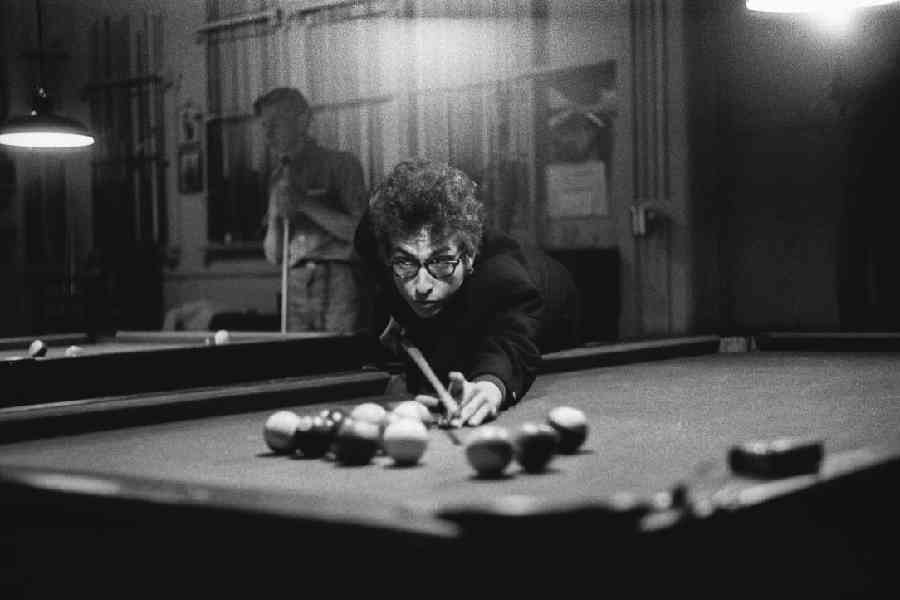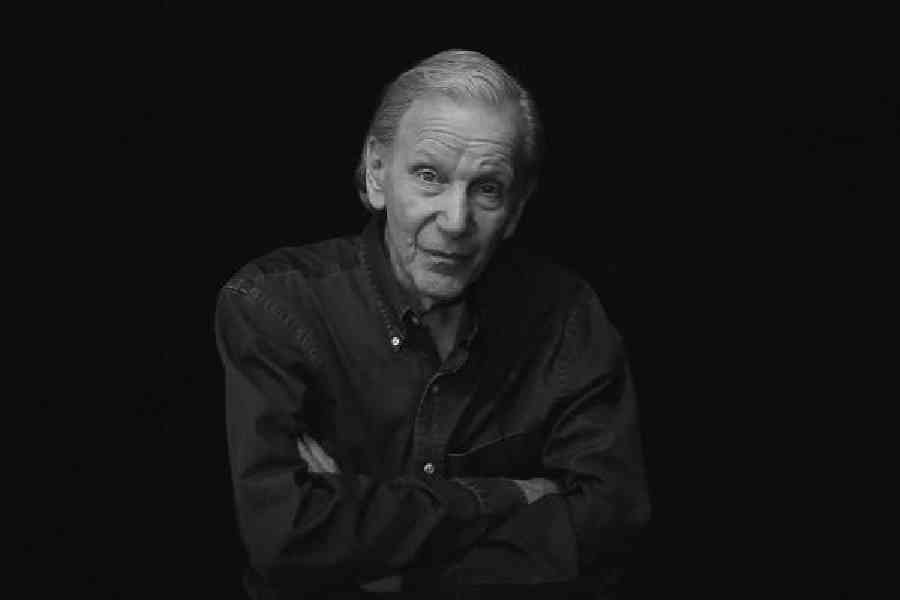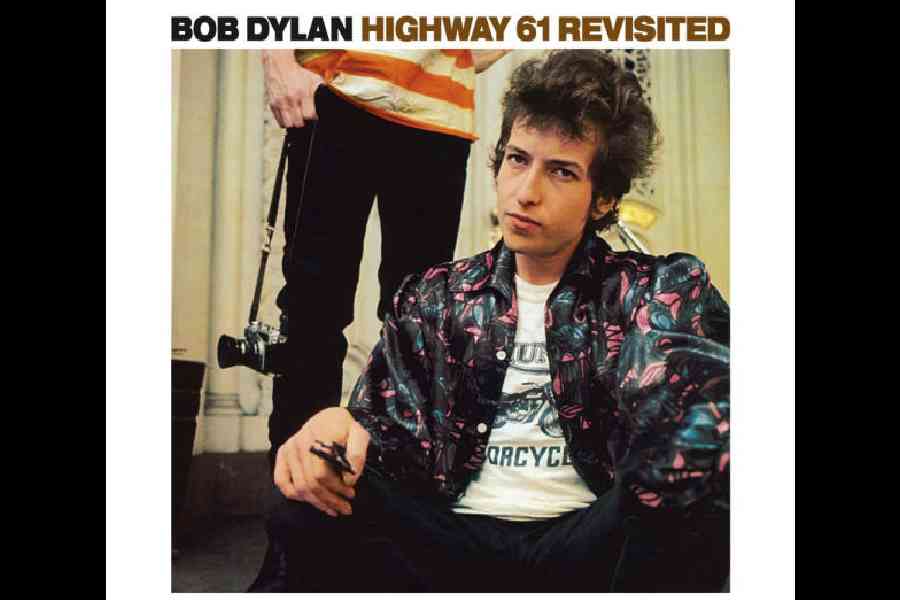One hour turned into five, which eventually turned into 366 days. Legendary photographer Daniel Kramer, who was there to capture Bob Dylan as he changed his look and sound in the mid-1960s, has died in Melville, New York. He was 91.
The man of continual change was about to experience a true metamorphosis in 1964-65. He went from a musician in baggy jeans to suits and he became, according to Kramer, “more certain of himself”.

Bob Dylan playing pool, Kingston, New York, 1964
Kramer had no idea of who Dylan was until he saw him perform The Lonesome Death of Hattie Carroll on the Steve Allen television show in 1964. He was “riveted” by the “power of the song’s message of social outrage”. Dylan was only 23 years old but he was defining the sound of an era. Kramer thought: “That’s someone you want to photograph.”
Having access to Dylan was never easy. He contacted his management and Albert Grossman time and again only to be turned down every other day. It took Kramer six months to secure a one-hour portrait session with Dylan in Woodstock. Ultimately he was there for five hours.

Photographer Daniel Kramer Picture: Klein Gallery
During the few hours he had with Dylan, Kramer took some memorable photographs. One of the early shots of the musician involved the famous “chess moment”. After shooting around Grossman’s house, it was time for lunch. Dylan often visited a local cafe. He turned up and played chess with his road manager, Victor Maymudes. “He thinks out his problems and he doesn’t make a move until he knows where he’s going,” Kramer told The Boston Globe. The cafe was later turned into the Centre for Photography.
Two weeks later, Kramer showed Dylan and Grossman the photographs he had taken. Dylan said: “I’m going to Pennsylvania next week. Do you want to come?” And that turned out to be a 366-day photo session.
His photographs captured a period when one of folk music’s most celebrated figures set aside his acoustic guitar and embraced a high-voltage sound, charting a new course.
Kramer captured iconic moments, like the recording session for Bringing It All Back Home (“I was surprised to see that he played piano. And he played it well!”), sitting with Peter Yarrow (of Peter, Paul and Mary) on the back of a truck, and Dylan standing in front of the empty bleachers of Forest Hills Stadium in Queens before a concert in August 1965.

Bringing It All Back Home, 1965
“People always say that Dylan went electric at Newport in the summer of 1965,” he told Rolling Stone. “Well, not to me he didn’t. I saw him go electric that January, when it was still snowing.”
Kramer was responsible for the cover image of the album Bringing It All Back Home in which the supreme troubadour is seated with a cat on his lap in the living room of Grossman’s house while the manager’s wife, Sally Grossman, in a red dress, stares on from a sofa behind him.
Then came the cover shot for Highway 61 Revisited in which Dylan is seen wearing a Triumph motorcycles T-shirt, seated on the stoop of the Manhattan building where his manager lived.
Kramer was born on May 19, 1932, in Brooklyn. The eldest of three children of Irving Kramer, a dockworker and amateur filmmaker, and Ethel (Berland) Kramer, a hospital administrator, he worked as an assistant to the photographer Philippe Halsman, and to the team of Allan and Diane Arbus.

Talking about Bob Dylan’s facial expression on this album cover, Daniel Kramer said: “He’s almost challenging me or you or whoever’s looking at it, ‘What are you gonna do about it, buster?’
Over the years, he became a “historian with a camera” and in 2016, Kramer released the 300-page photo book A Year and a Day. It contains many previous-unseen images of Bob Dylan from 1964 and 1965, but Kramer said there were still many in his collection that may never get to see the day.











